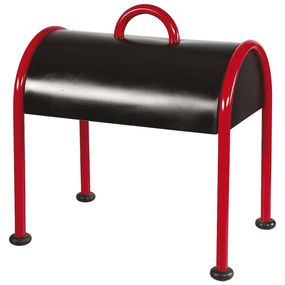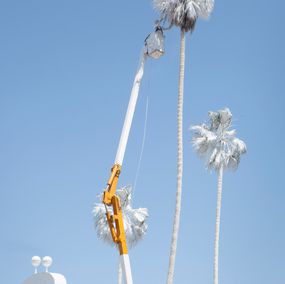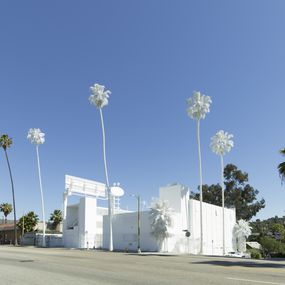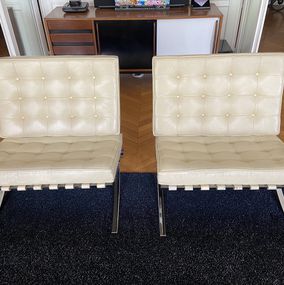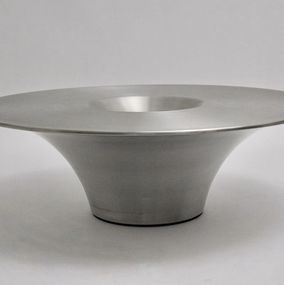
Deutscher Werkbund
The Deutscher Werkbund (German Association of Craftsmen) is an association of artists, designers, craftsmen, architects and industrialists that was founded in Germany in 1907. A precursor to the Bauhaus art school, it had an important impact on the development of modernist design and architecture, and, to quote the association's motto, spanned diverse fields “from sofa cushions to city-building." Inspired by the British Arts and Crafts movement which privileged quality craftsmanship, the fundamental aim of the association was to establish relationships between manufacturers and designers, combining craftsmanship and mass production techniques. This, it was hoped, would place Germany in competition with prominent players in the international market, such as the United States and the United Kingdom.
Originally including twelve architects and twelve business firms, the Deutscher Werkbund had over 1,800 members by 1914, ran until 1934 and was re-established after World War II. The influence of the Deutscher Werkbund spread internationally at a fast rate, particularly following its exhibition of industrial art and architecture in Cologne in 1914. The list of exhibiting architects included Ludwig Mies van der Rohe, Walter Gropius and Le Corbusier. The overarching style and values of the design objects produced by the association can be characterized by an intersection of functionality and beauty and of the handmade and the mass produced, and a lack of unnecessary ornamentation in favor of simplicity.
One of the most influential design movements in modern and contemporary history, the work produced by members of the Deutscher Werkbund still inspires creators around the globe today. We have curated a selection of designers and creators influenced by various aspects of the Deutscher Werkbund's legacy, from Reda Amalou to Sophia Taillet. Join us in an exploration of the world of design today!







